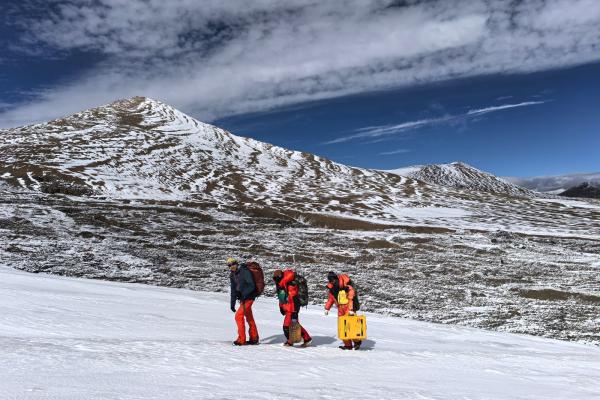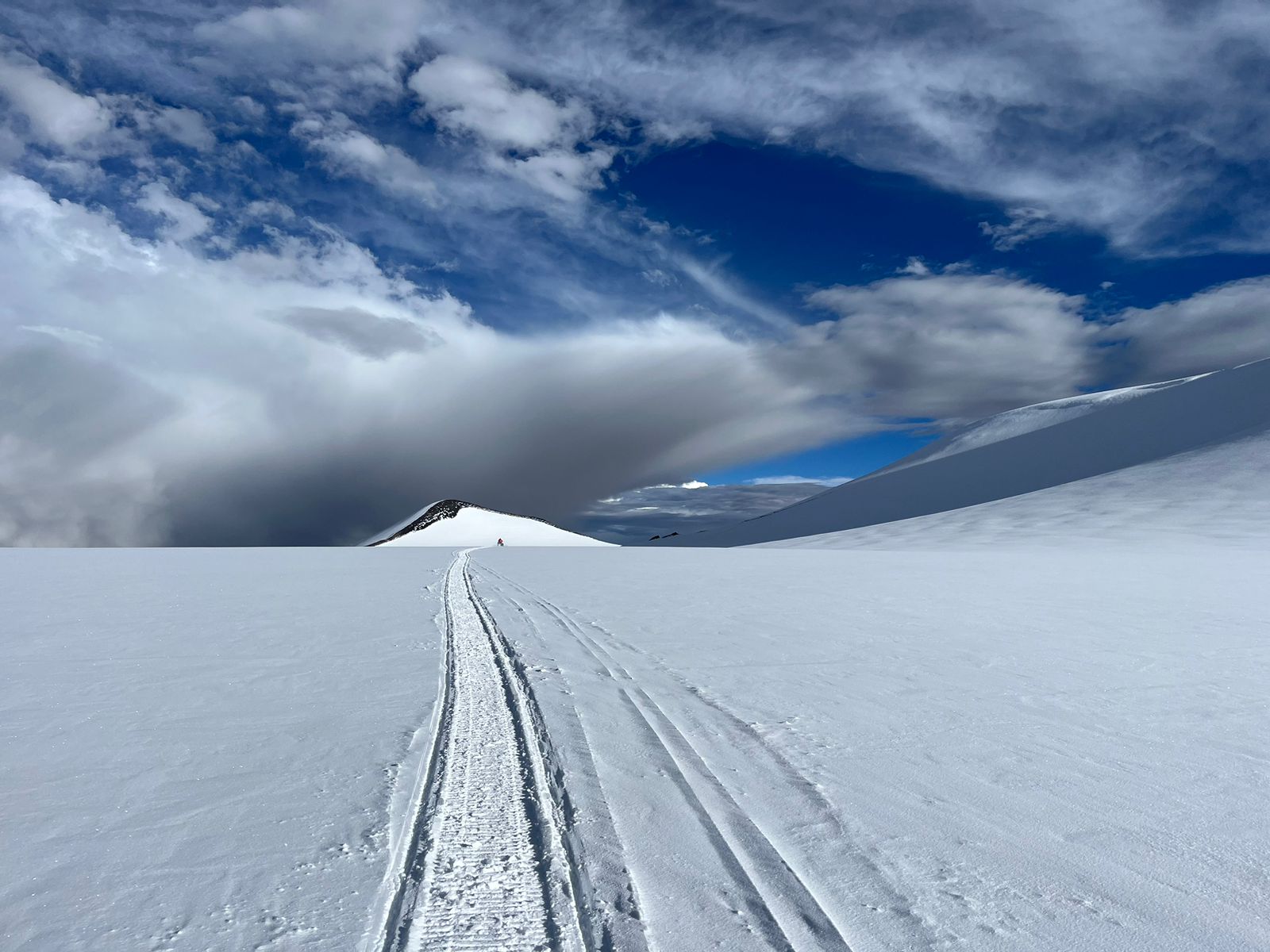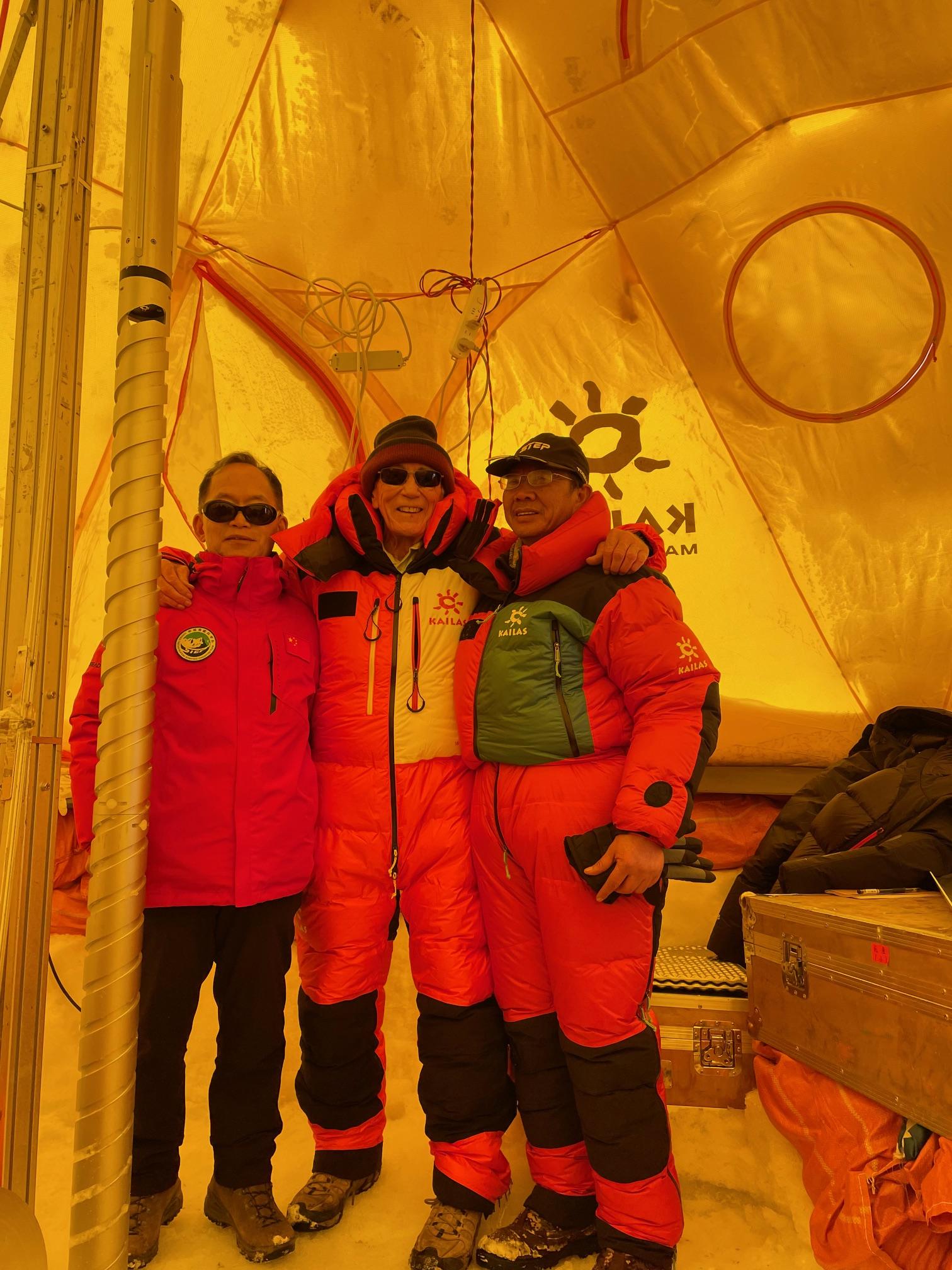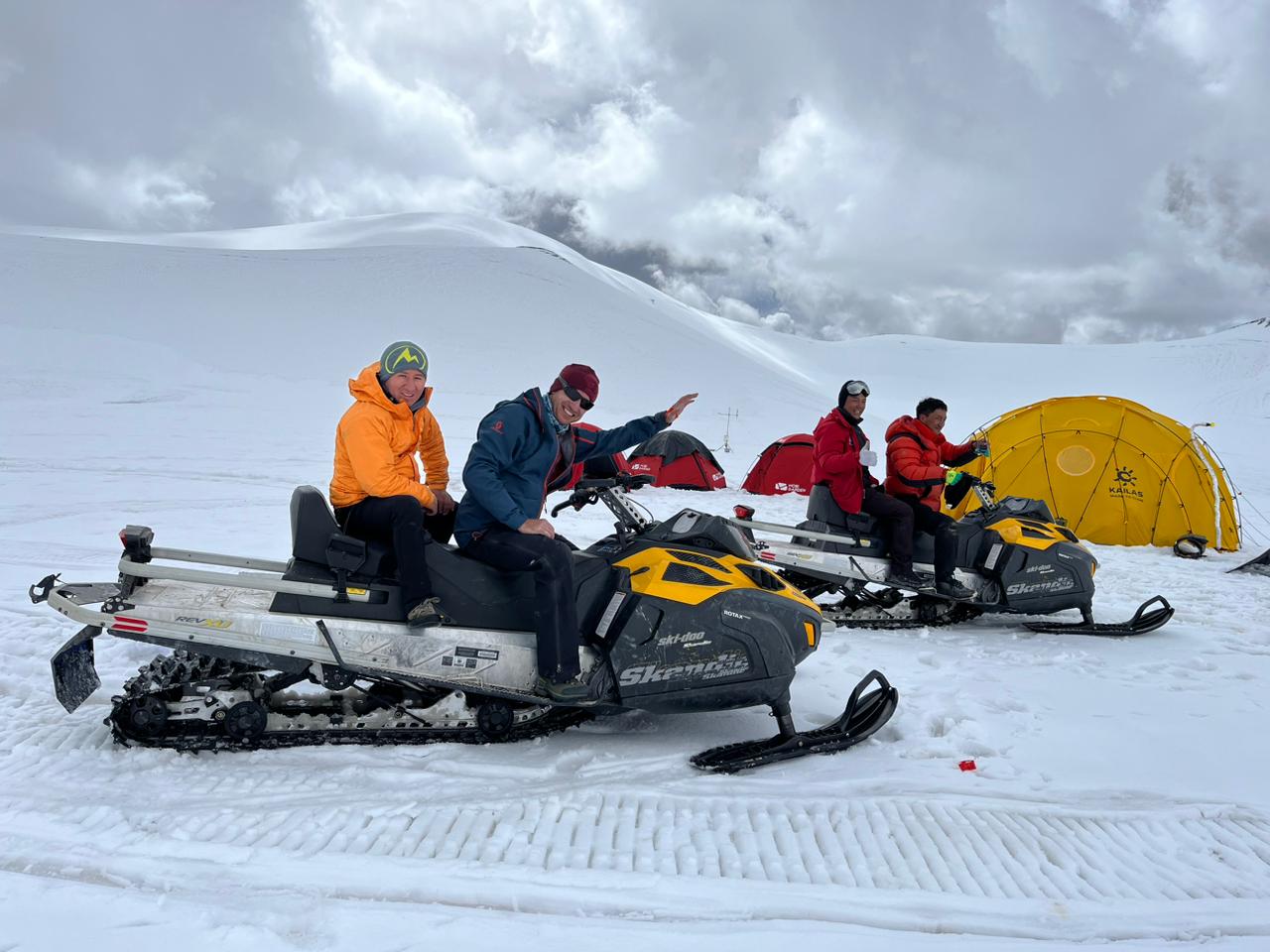Byrd Center's Ice Core Paleoclimatology Research Group Participates in Purog Kangri Glacier Expedition

In September 2024, the Byrd Center's Ice Core Paleoclimatology Research Group (ICPRG) joined a scientific expedition to the Qinghai-Xizang Plateau, often referred to as Asia's "water tower," to explore the region and conduct a comprehensive study targeting "one glacier, two lakes, and three rivers."

The expedition was led by prominent scientists, including Professor Yao Tandong, honorary director of the Institute of Tibetan Plateau Research. The ICPRG's research team included Distinguished University Professor of Earth Sciences and Byrd Center Senior Research Scientist, Lonnie Thompson, along with Research Associates Zhi-Ping Zhong, Stanislav Kutuzov, and Wilmer Sánchez Rodríguez. Yao and Thompson are both members of the Chinese Academy of Sciences (CAS) and co-chairs of the Third Pole Environment Program.

Hundreds of researchers were mobilized into specialized teams, each focusing on different aspects of the plateau's environmental and ecological changes. The focal point of this extensive research was the Purog Kangri Glacier—the world's largest glacier at these latitudes—along with Tibet's lakes and rivers.
As part of this groundbreaking expedition, a 324-meter ice core was successfully drilled from the Purog Kangri Glacier, marking an historic achievement as the deepest ice core ever recovered from Tibet. This accomplishment represents a significant milestone in the study of regional climate history and demonstrates the dedication and expertise of the research teams involved.

Over the past two decades, these natural reserves have undergone dramatic transformations, including rapid glacier retreat and significant lake expansion, thereby altering the ecological structures and functions crucial for regional stability.
